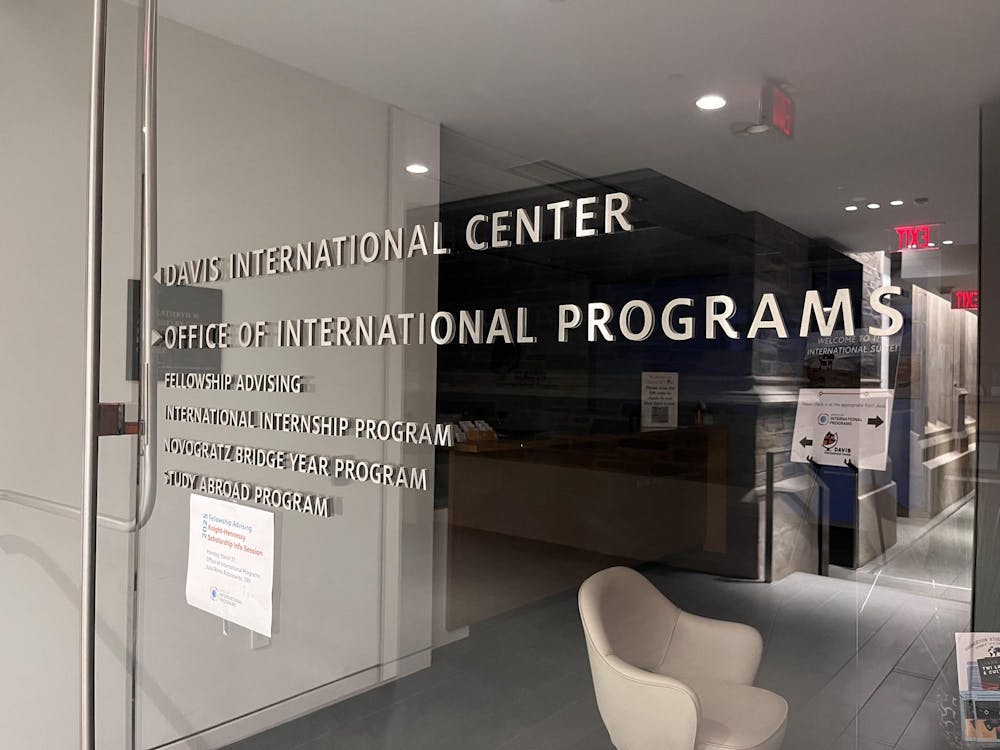Last semester, students and faculty printed 3,616,921 pages from University clusters, and as the number of pages printed has steadily risen over the last few years, the University's Office of Information Technology (OIT) has taken steps to curb excessive printing.
Last week, 104 students, including Sam Clendon '07, received an email from OIT informing them of their excessive use of printing facilities. "I know I'm not helping the printing situation," said Clendon, whose 2,622 sheets printed during the fall semester were "statistically ... more than 3 standard deviations above the mean," the OIT email said.
OIT uses Pharos Systems' Uniprint program to track printing records to users. The average user printed 546 sheets of paper during the fall semester.
When OIT determines that a student has been printing too much, it sends out an email. "The cluster printers, and the paper and toner that they use, are to be shared by all students," the message reads. "You seem to have used significantly more of these shared resources than your peers did. Please take some time to consider your printing habits, and how you might decrease your unequal use of shared resources."
Student Computing Services manager Leila Shahbender said in an email that she hopes the message will remind students to "think more, print less."
"We are not asking anyone to stop printing," Shahbender said. "We are asking people to review their printing habits and conserve whenever possible. We see a lot of wasted output left behind in the clusters."
"All this printing depletes our natural resources," she added. "Printing is a shared resource both at Princeton and on a global basis."
Though students have only received email warnings, Shahbender warned there could be other consequences if the pattern continues. "Excessive use of shared resources is against University policy and could be referred for disciplinary action," she said.

Though students are not currently charged for printing they do on campus, Shahbender noted that most other universities "have an additional charge for printing, either in the way of a technology fee, or an actual price per page."
She said the University has considered revising the current policy to combat overprinting by students. "Of course we have thought about doing this," Shahbender said, "but [we] have not adopted that policy."
Clendon said that even a change in University policy, resulting in a charge for printing, would not have changed his printing habits. "I would have still printed them out if I had been charged," he said. "But I'm sure charging would change the habits of some kids."
He added that his printing levels have been excessive out of necessity rather than carelessness.

"All of the classes I've taken have been e-reserves only. I've done everything I can to minimize my printing. I don't see an alternative. I need to print it out to learn."
Another student who got the warning message, Helmae Wubneh '08, said that she had printed more than 2,000 pages during the fall semester for the Tapcats dance show. "I won't ever print out that much again," she said.
The number of pages printed in the fall may be eclipsed when the spring semester's totals are reported. "Traditionally the printing in the clusters increases in the spring semester," Shahbender said. "We are on a trajectory toward a large number this year."
— Princetonian staff writer Ilya Blanter contributed reporting to this article.







